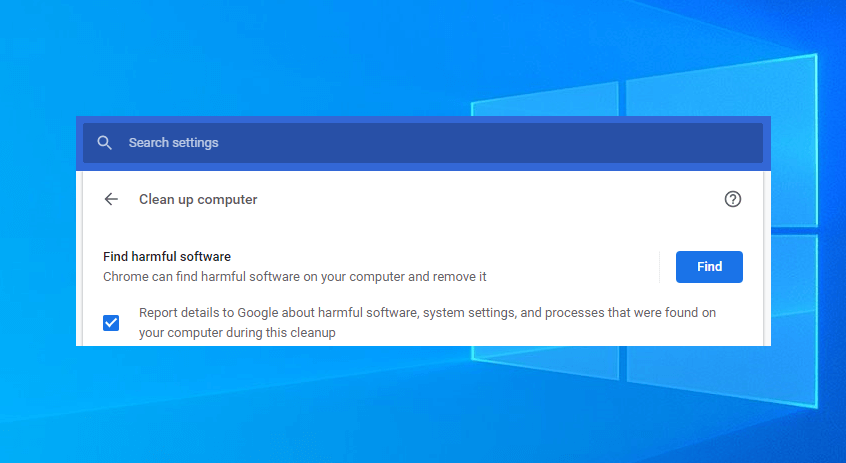

A door swing may open into a circulation space provided no obstructions occur within the unobstructed area on a stair landing (see clause 4.3.6), on a ramp landing or that would prevent future installation of a stair lift (see clause 4.2.8). Within a dwelling, guarding is not needed. Consideration should be given to positioning of guarding to direct a person away from the hazard, further reducing the risk of a collision.Īdditional guarding may be needed to prevent collision with, or entrapment by, a powered door leaf (see clause 4.1.8).

There should be visual contrast between guarding rails and surrounding surfaces. Guarding should comprise of a continuous horizontal rail, at a height of between 900mm and 1.1m above ground level and a solid element, such as kerb upstand or rail, positioned approximately 100mm above ground level, to assist in detection by a visually impaired person using a cane. Similarly, location of electrical sockets, switches and other controls can, if not considered carefully, affect safe and convenient use.Ĭonversions - in the case of conversions, as specified in regulation 4, the building as converted shall meet the requirements of this standard in so far as is reasonably practicable, and in no case be worse than before the conversion (regulation 12, schedule 6).Īny moveable projection, such as a door leaf or window frame, that opens across a circulation route or into a circulation space, orĪny permanent projection of more than 100mm into a circulation route or space that begins at a height of more than 300mm above the ground, or the projection of which increases with height by more than 100mm, orĪny accessible area where headroom reduces to less than 2.0m, such as beneath a stair flight. People may encounter difficulty and a hazard may arise in operating controls which are poorly sited.
4.8.0 DETECT SAFE BROWSING WINDOWS
Natural ventilation in dwellings is provided by openable windows or rooflights. Whether windows are cleaned professionally or by the building owner, provision should be made to permit glazing to be cleaned safely. Collisions with glazing are very common as it can, if transparent, be difficult to see and may create confusing lighting effects, presenting particular difficulties for a person with a visual or cognitive impairment.įalls still result in deaths and serious injury to people while cleaning windows. The majority of these accidents occur during normal use and involve building features such as doors, windows and areas of fixed glazing, with the risk of injury increased where vulnerable glass is involved. This standard covers several unrelated safety issues that do not lend themselves to inclusion in other standards although glass and glazing do figure prominently.Ĭollision or entrapment accidents result in a significant numbers of deaths and injuries to people in and around buildings every year.


 0 kommentar(er)
0 kommentar(er)
